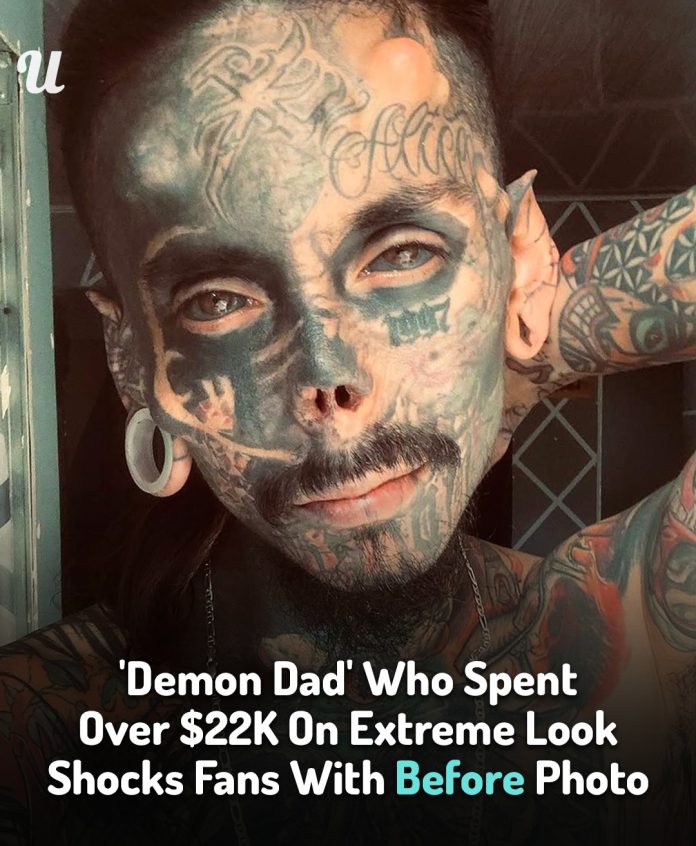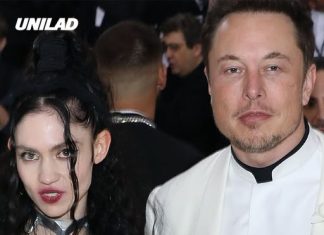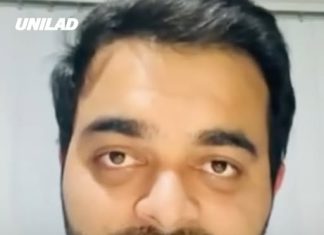In the realm of body modification, few individuals have garnered as much attention as Larry Botello González, a tattoo artist from Bogotá, Colombia. Known as the “Demon Dad,” Larry’s transformation has captivated and shocked many, especially after he shared a photograph revealing his appearance before undergoing extensive modifications. His journey is a testament to the lengths some will go in the pursuit of self-expression and individuality.
Early Beginnings
Larry’s fascination with body art began at a remarkably young age. He received his first tattoo at just 12 years old, marking the inception of a lifelong passion. By 17, he had already undergone a significant modification—a forked tongue—demonstrating his early commitment to altering his physical appearance. These initial steps set the foundation for a series of transformations that would later define his identity.
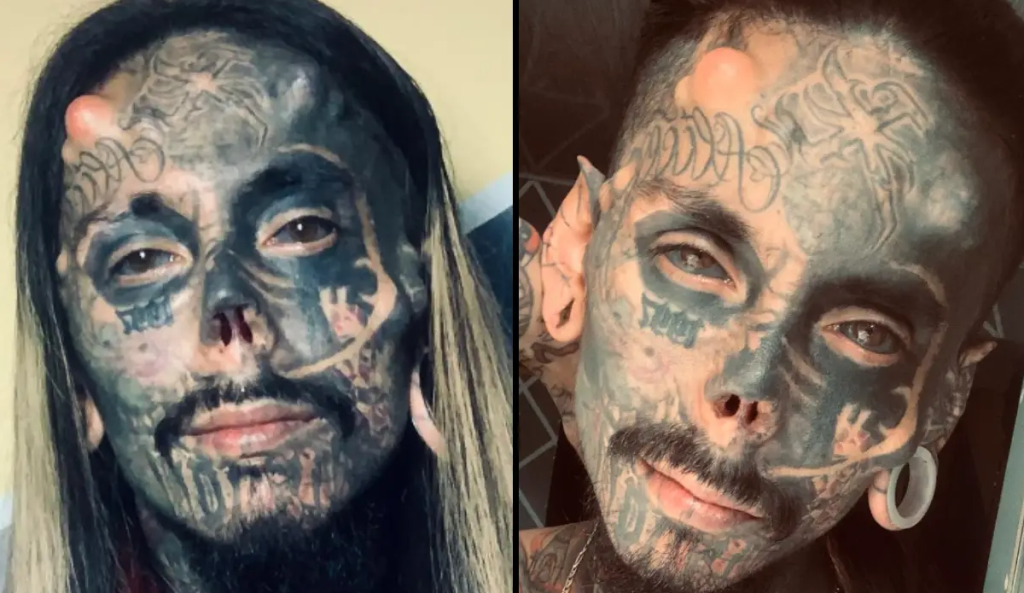
Extensive Modifications
Over the years, Larry has invested over $22,000 into various body modifications. His alterations include 28 subdermal implants, horn implants, and a reconstructed nose. Additionally, he has undergone tongue implants, eye pigmentation, scarification, ear and nose cutting, expansions, and a procedure known as braiding, where strips of skin are cut and intertwined to heal in a braided pattern. These modifications have culminated in a visage that many describe as demonic, a look that Larry embraces wholeheartedly.
Personal Life and Family
Despite his unconventional appearance, Larry leads a family-oriented life. He is married to Angie Khaterine, and together they have a five-year-old daughter named Alice. The family also includes a pet dog named Thanos. Larry’s role as a father has sparked curiosity and concern among observers, particularly regarding how his daughter perceives his appearance and whether she faces any challenges because of it. Larry insists that Alice has not experienced bullying; on the contrary, he believes that other children admire the uniqueness of her father. He states, “Maybe on the contrary, the other children admire that my daughter has a different father because I am an artist.”
Public Perception and Reactions
Larry’s dramatic transformation has elicited a wide range of reactions from the public. On social media, he encounters both admiration and criticism. Some individuals refer to him as a “demon” or “son of Satan,” comments that Larry takes in stride. He acknowledges that his appearance may be unsettling to some but remains unfazed by negative remarks. “People call me a demon or son of Satan among other things, but it is really something that does not affect me because I like being seen as a dark being,” he shares. This acceptance of his image reflects his deep commitment to his chosen aesthetic.
Motivation and Philosophy
Larry’s motivation for undergoing such extensive modifications stems from a desire to embody outwardly what he feels internally. He explains, “I always wanted to be different, both on the outside and inside. There are many human beings who disguise their evil with a pretty face. I think the other way around. I prefer to have a devil’s face and have a lot of light inside me to do good things and be a good human being.” This philosophy underscores his belief that external appearances can be deceptive and that true character resides within.
Challenges and Considerations
The path of extreme body modification is fraught with challenges, both physical and societal. Larry candidly discusses the pain associated with his procedures, noting that the nose modification was particularly excruciating due to the ineffectiveness of anesthesia in that area. Beyond physical discomfort, he acknowledges the societal prejudices that come with his appearance. He advises individuals considering similar transformations to be certain of their decision, emphasizing the permanence and extremity of such changes. Furthermore, he highlights the importance of financial stability, recognizing that his modifications have been possible due to his successful career as a tattoo artist. He cautions that those with extensive modifications may face employment challenges in conventional job markets.
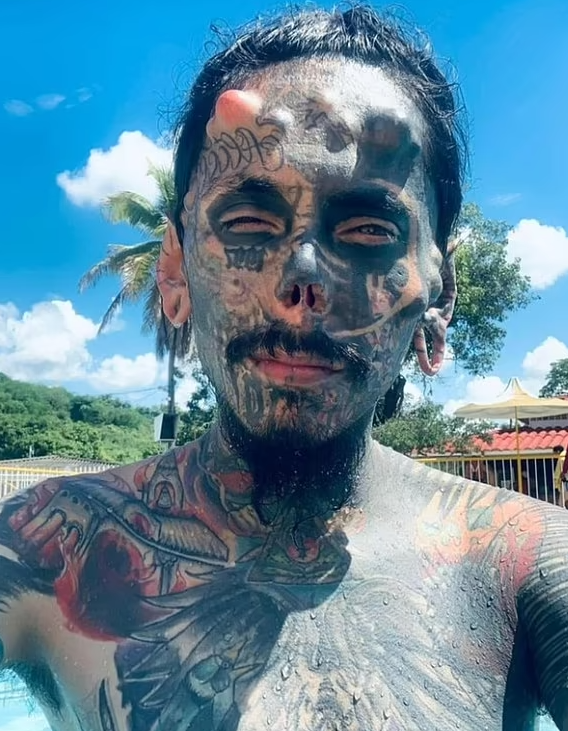
Conclusion
Larry Botello González’s journey as the “Demon Dad” is a profound narrative of self-expression, resilience, and the quest for individuality. His transformation challenges societal norms and prompts discussions about the nature of identity and the extent to which one can alter their appearance in pursuit of personal truth. While his look may be polarizing, Larry’s story is ultimately one of embracing one’s desires and living authentically, regardless of societal expectations.

